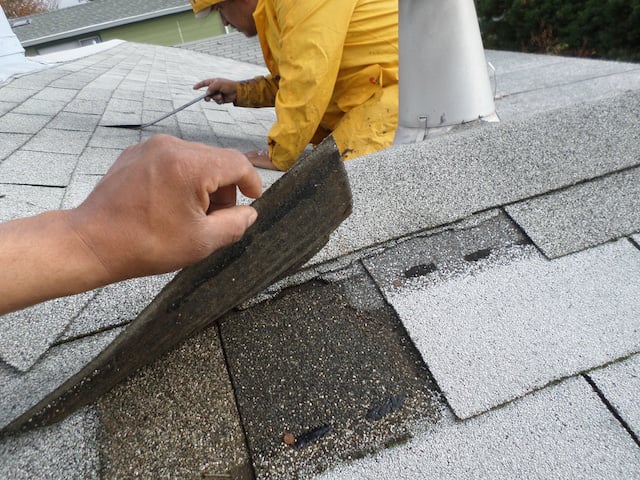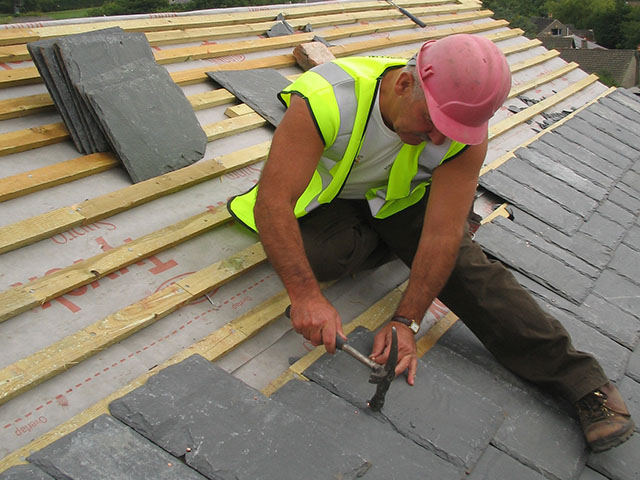In our quest for sustainable living, every aspect of construction warrants scrutiny. One often-overlooked facet is roofing materials. While aesthetics and durability often guide our choices, the environmental impact of roofing materials is a crucial consideration. Let’s delve into the ecological footprint of various roofing options to make informed decisions for a greener future.
Understanding Environmental Impact
The environmental impact of roofing materials encompasses several factors, including resource extraction, manufacturing processes, installation, longevity, and disposal. Evaluating these aspects provides insight into the overall sustainability of a roofing material.
Asphalt Shingles: A Common but Concerning Choice
Asphalt shingles, ubiquitous in residential roofing, have significant environmental drawbacks. Derived from petroleum, their production contributes to carbon emissions and relies on non-renewable resources. Moreover, asphalt shingles have a relatively short lifespan, leading to frequent replacements and increased landfill waste. The manufacturing and disposal processes further exacerbate environmental harm, making asphalt a less eco-friendly option.
Metal Roofing: Durability with a Green Edge
Metal roofing, gaining popularity for its longevity and durability, offers a more sustainable alternative. Typically made from recycled materials and fully recyclable at the end of their lifespan, metal roofs significantly reduce the environmental impact associated with resource extraction and waste generation. Additionally, metal roofs reflect sunlight, enhancing energy efficiency and reducing cooling costs, further bolstering their eco-credentials.

Clay and Concrete Tiles: Timeless Elegance, Sustainable Choice
Clay and concrete tiles, renowned for their aesthetic appeal and durability, boast impressive environmental benefits. Made from natural materials abundant in the earth’s crust, these tiles have a low environmental footprint during production. With proper maintenance, clay and concrete tiles can last a century or more, minimizing the need for replacements and conserving resources in the long run. Their thermal mass properties also contribute to energy efficiency, reducing heating and cooling demands. If you enjoyed this article about roofing then visit West Haven CT roofers for more interesting articles.
Green Roofing: Harmony with Nature
Embracing the ethos of sustainability, green roofing represents the pinnacle of eco-friendly building practices. By covering rooftops with vegetation, green roofs mitigate urban heat island effects, improve air quality, and promote biodiversity. They offer natural insulation, reducing energy consumption for heating and cooling. While initial costs and maintenance requirements may deter some, the long-term environmental benefits make green roofs a compelling choice for conscientious builders.
Making Informed Choices
When selecting roofing materials, prioritizing sustainability is paramount. Consider the lifecycle environmental impact, longevity, energy efficiency, and recyclability of each option. While upfront costs and aesthetics may influence decisions, it’s crucial to weigh these factors against environmental considerations for a truly sustainable outcome.
In conclusion, the environmental impact of roofing materials extends far beyond mere shelter. By opting for sustainable alternatives like metal roofing, clay tiles, or embracing innovative solutions like green roofs, we can reduce our ecological footprint and pave the way for a greener, more sustainable future.





